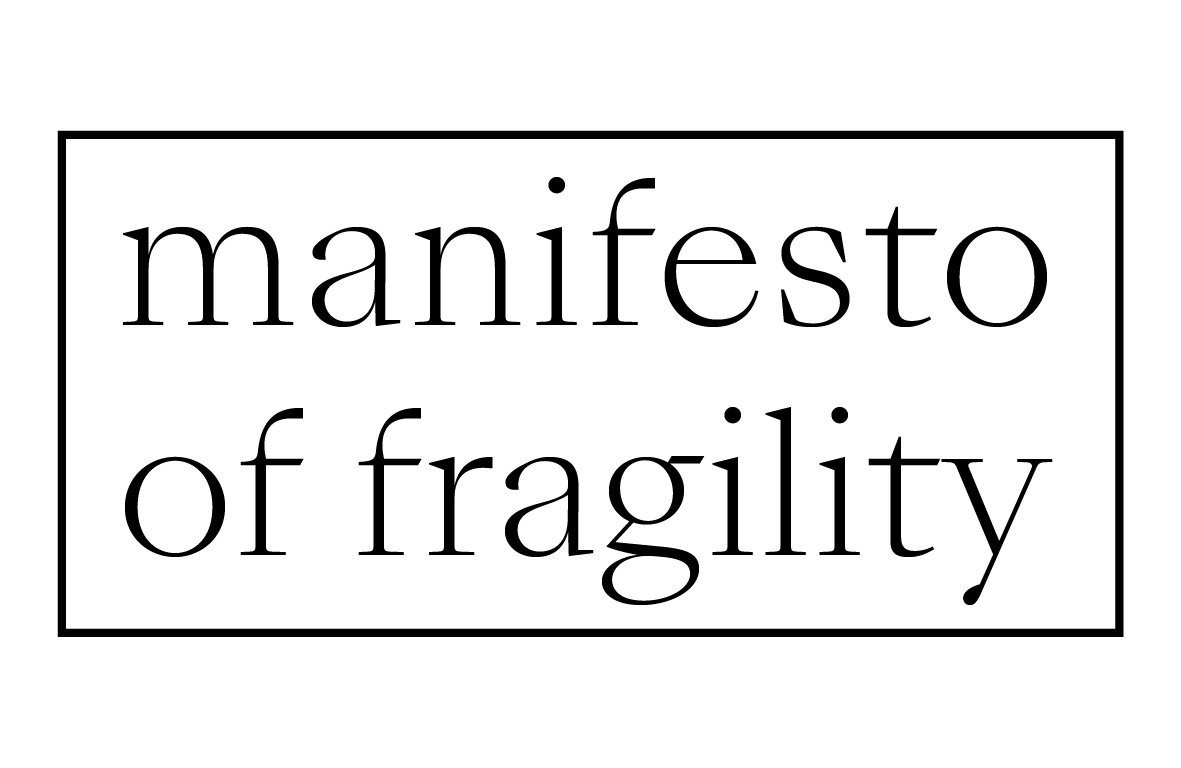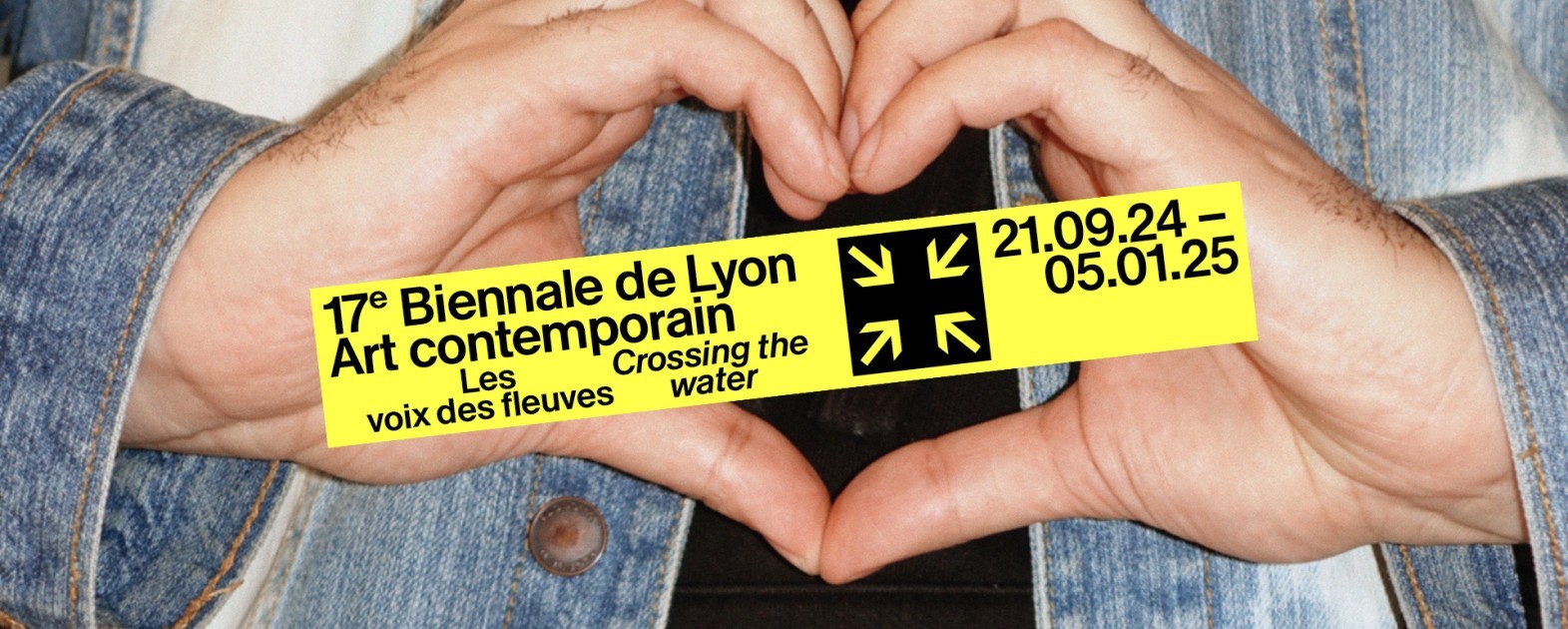Presented on the first floor of the macLYON, the exhibition The many lives and deaths of Louise Brunet brings together several hundred works of art, objects and archival documents, covering diverse geographies over several millenia. From Cranach to 1960s industrial design, and ancient funerary stele to 18th century Japanese Samurai armor, the exhibition draws on the collections of local and foreign institutions such as the Musée des Beaux-Arts, Lugdunum – Musée et Théâtres romains et Musées Gadagne – Histoire de Lyon - Marionnettes du Monde in Lyon and the Metropolitan Museum in New York, the Louvre Abu Dhabi and the Staatlichen Kunstsammlungen Dresden. It exhumes trans-historcial narratives of fragility and resistance and confronts them with a diversity of works by the biennale’s invited artists.
The exhibition proposes a reconsideration of History – with a capital “H”, as an accumulation of many smaller ones, where the often forgotten voices of the marginalized person, become central to challenging the writing of the meta-narrative.
Departing from the context of Lyon, the exhibition is designed
as a retelling of the obscure 19th century story of
Louise Brunet, a silk spinner from the Drôme, who after
joining the revolution of the “Canuts” (silk weavers) in 1834,
embarked on an arduous journey of self-reinvention, which
ended in the Lyon-owned silk factories of Mount Lebanon. In
a sequence of sections that are conceived as focused explorations
of various manifestations of fragility, Louise Brunet
is portrayed as an elusive figure, part real, part fictional, that
appears in different guises, in various places, at several moments
in history. In doing so, the exhibition proposes a reconsideration
of History – with a capital “H”, as an accumulation
of many smaller ones, where the often forgotten voices
of the marginalized person, become central to challenging
the writing of the meta-narrative.
By imparting Louise Brunet with the possibility of acquiring
different bodies, genders, ages, and species that are imagined
as existing within and outside of history, the exhibition
highlights the body as a vessel for a staggering range
of experiences and forms of being. Racialized, gendered,
depleted, or colonized, the body, and its various representations,
becomes a site of reflection, mourning and celebration.
Through juxtaposing different conceptions of the body,
combining a wide plethora of mediums, territories and time
periods, the exhibition addresses a range of political, economic
and ecological issues, where fragility is reconsidered
as a source of generative resistance, and as the only shared
truth that connects us all.
Artists
3000 Years
Mohamad Abdouni
Gabriel Abrantes
Ann Agee
Julio Anaya Cabanding
Giulia Andreani
Ayné (imprimerie Veuve)
Joachim Bandau
Semiha Berksoy
Henri-Gatien Bertrand
Phoebe Boswell
Louis Boulanger
Louis Bouquet
Sarah Brahim
Joseph-Auguste Brunier
E. Caryocost
Jean-Baptiste Charlier
Jean Claracq
J.P. Clerc (graveur)
Pierre Combet-Descombes
Antoine Coysevox
Nicolas Daubanes
Philippe de Lassalle
William de Niewkerque
Alexandre-François Desportes
Devambez (imprimeur)
Michael Zeno Diemer
Johann Ludwig Rudolph Durheim
Buck Ellison
Léo Fourdrinier
Rafael França
Jean-Baptiste Frénet
Tony Garnier
J.E Goossens (graveur)
Nicki Green
Jr. Hudinilson
Lucien Jonas
Mohammed Kazem
Richard Learoyd
Hannah Levy
Jesse Mockrin
Georges-Brunet Mahuet
Lucy Mc Rae
Jean-Baptiste Monnoyer
Morelan (faïencier)
Ailbhe Ní Bhriain
Joanna Piotrowska
Carlo Portelli
Christina Quarles
Erin M. Riley
Ugo Schiavi
Markus Schinwald
Sylvie Selig
Kim Simonsson
Jeremy Shaw
Francisco Tamagno (imprimeur)
David Teniers II dit le Jeune
Auguste Jahandier (d’après Victor Grilat)
Augustin Thierriat
Salman Toor
Underwood & Underwood Publishers
Vachon-Imbert
Abraham Van Der Eyk
Alessandro Varotari dit Padovanino
Emile Vernet-Lecomte (d'après)
Munem Wasif
Zhang Yunyao
And many anonymous artists...

